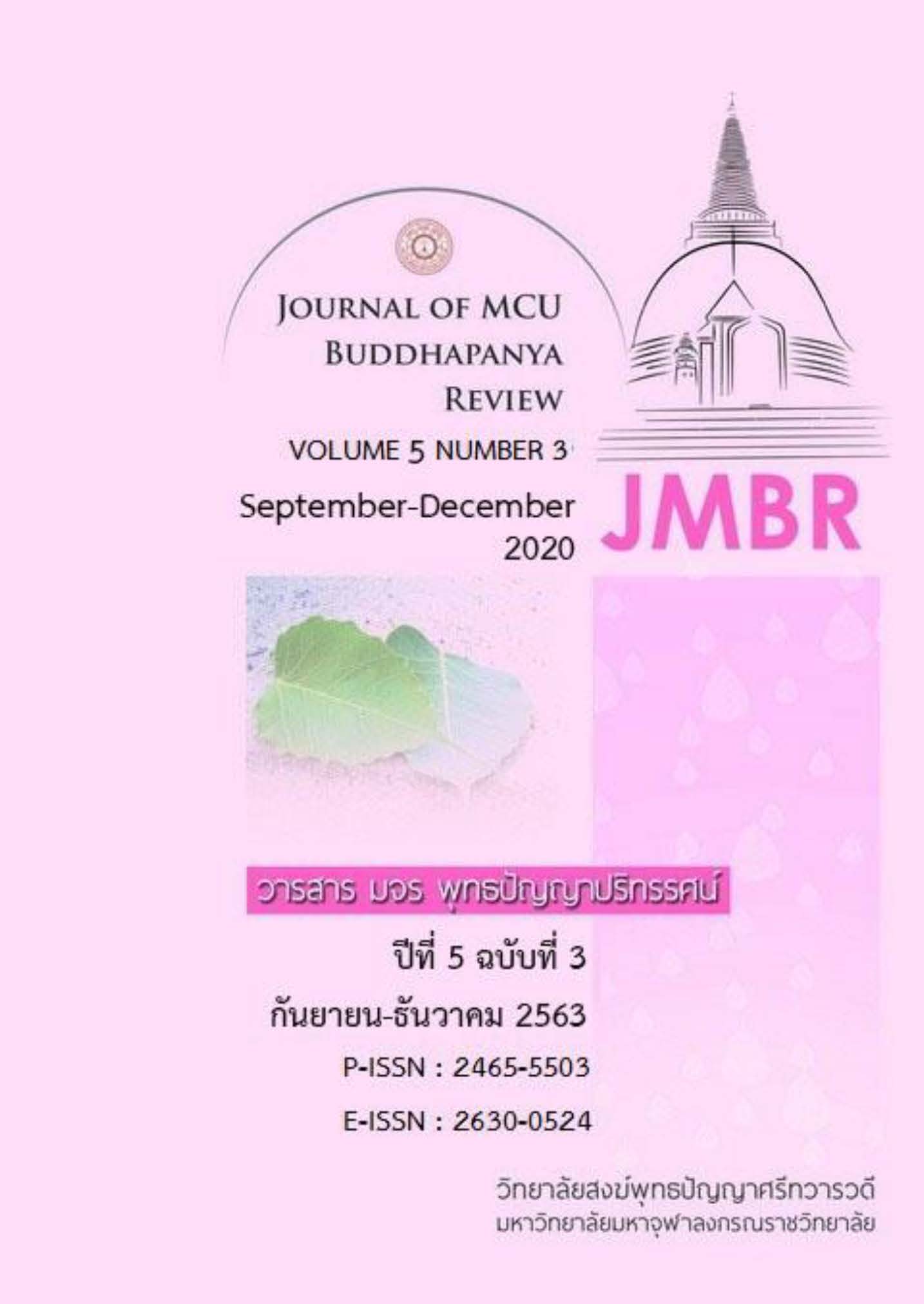ถอดบทเรียน COVID-19 สู่การวางแผนเพื่อรับรองเหตุฉุกเฉิน ให้ราชการดำเนินไปอย่างต่อเนื่องด้วยการจัดทำแผนบริหารความต่อเนื่อง (BCP)
คำสำคัญ:
แผนบริหารความต่อเนื่อง, การบริหารความต่อเนื่อง, COVID-19บทคัดย่อ
บทความนี้ มีวัตถุประสงค์เพื่อศึกษาแนวคิดเกี่ยวกับถอดบทเรียน COVID-19 สู่การวางแผนเพื่อรับรองเหตุฉุกเฉินให้ราชการดำเนินไปอย่างต่อเนื่องด้วยการจัดทำแผนบริหารความต่อเนื่อง (BCP) พบว่า แผนบริหารความต่อเนื่อง เป็นแผนในการบริหารธุรกิจให้ยังคงดำเนินต่อไปได้อย่างต่อเนื่องโดยไม่หยุดชะงัก ในภาวะที่ต้องประสบกับสถานการณ์ที่ไม่ปกติ ไม่ว่าจะเป็นภัยที่มาจากปัจจัยภายนอกและภายในที่เป็นอุปสรรค์ต่อการดำเนินกิจการขององค์กร โดยแนวทางการบริหารความต่อเนื่องที่ได้รับการใช้อย่างแพร่หลาย คือ มาตรฐาน Business Continuity Standard (BS25999) เป็นต้นแบบของการพัฒนาไปสู่มาตรฐาน ISO 223011 ซึ่งกำหนดให้มี 6 องค์ประกอบหลักเป็นวงจรการบริหารความต่อเนื่อง (BCM Life Cycle) ให้องค์กรหรือหน่วยงานสามารถนำไปประยุกต์ใช้ได้ โดยขอบเขตวิธีการบริหารจัดการ และทรัพยากรที่ต้องใช้ใน BCM ของแต่ละองค์กรอาจแตกต่างกันไปตามขนาด ประเภทภารกิจ และทรัพยากรที่ใช้งาน ดังนี้ 1) การบริหารโครงการจัดการความต่อเนื่อง 2) การศึกษาและทำความเข้าใจ 3) การกำหนดกลยุทธ์ในการสร้างความต่อเนื่อง 4) การพัฒนาและเตรียมการตอบสนองต่อเหตุการณ์ในภาวะฉุกเฉิน 5) การทดสอบปรับปรุงและทบทวนแผน และ 6) การปลูกฝัง BCM ให้เป็นส่วนหนึ่งของวัฒนธรรมองค์กร
เอกสารอ้างอิง
กลุ่มธุรกิจพลังงาน กระทรวงพลังงาน. ความจำเป็นของการบริหารความต่อเนื่องทาง ธุรกิจ.เข้าถึงได้จาก :http://www.doeb.go.th/kmv2/news/Business_Continuity55.pdf (สืบค้นเมื่อวันที่ 5 กรกฎาคม2563)
โกศล ดีศีลธรรม.(2556). กลยุทธ์บริหารความเสี่ยงเพื่อความต่อเนื่องทางธุรกิจ. Industrial Technology Review, 280 : 11-12.
ณัฐ เลิศฤทธิ์.(2560). การประเมินแผนบริหารความต่อเนื่องทางธุรกิจ บริษัท ไปรษณีย์ไทย จำกัดในภาวะประสบอุทกภัยและสภาวะวิกฤตในเขตกรุงเทพมหานคร. (การค้นคว้าอิสระ รัฐศาสตรมหาบัณฑิต). มหาวิทยาลัยธรรมศาสตร์.
นันทวัฒน์ บรมานนท์.(2554). มาตรฐานใหม่ของการจัดทำบริการสาธารณะระดับชาติในประเทศไทย.กรุงเทพฯ: วิญญูชน.
สภาบริหารจัดการภัยพิบัติกลาง คณะสอบสวนพิเศษด้านการปรับปรุงการบริหารจัดการภัยพิบัติ. การลดผลกระทบจากภัยพิบัติและการปรับปรุงรับมือกับภัยพิบัติโดยบริษัทญี่ปุ่น.เข้าถึงได้จาก : http://www.adrc.asia/publications/psdrr/pdf/ Guideline_Thai.pdf (สืบค้นเมื่อวันที่ 5 กรกฎาคม 2563)
สำนักงานคณะกรรมการพัฒนาระบบราชการ. คู่มือการบริหารจัดการความพร้อมต่อสภาวะวิกฤติ.เข้าถึงได้จาก :https://www.opdc.go.th/file/reader/MHx8NDk3Nnx8ZmlsZV91c GxvYWQ (สืบค้นเมื่อวันที่ 6 กรกฎาคม2563)
ธงชัย สันติวงษ์. (2540). องค์การและการจัดการ ทันสมัยยุคโลกาภิวัตน์. กรุงเทพฯ: ไทยวัฒนพานิช.
ธนจรส พูนสิทธิ์. (2541). การจัดการองค์การและการบริหาร. กรุงเทพฯ: สหธรรมิก.
Zangelo, K & Williams, B. (2008). Management 3. Bangkok: McGraw-Hill Publishing.



